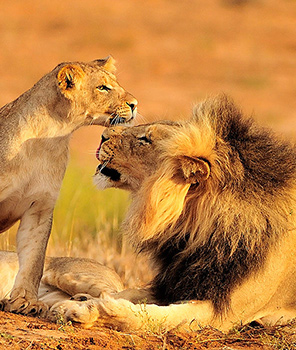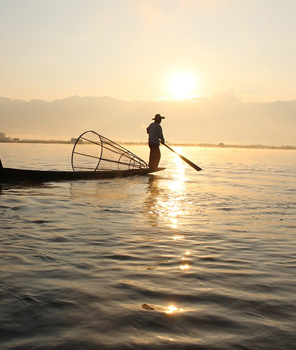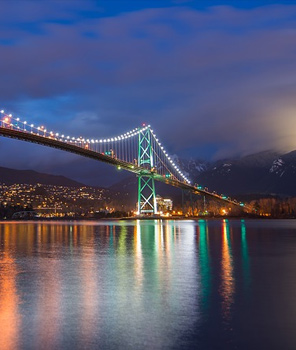Things to Do in Chile
Despite its humble size, Chile packs a punch with its offerings. This slim but long South American nation (average 180 km wide and 4300 km long) flaunts diverse terrains ...
Read more





















 Africa
Africa
 Asia
Asia
 Europe
Europe
 North America
North America
 Oceania
Oceania
 Polar
Polar
 South America
South America